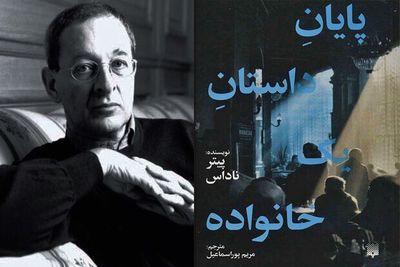Maryam Puresmaeil is the translator of the book, which was rendered into English by Imre Goldstein in 1998.
The narrator of “The End of a Family Story” is a young boy who lives alone with his grandparents. His rebellious, talkative grandfather escapes the present by fleeing to his memories of the past, weaving for his grandson a fantastic tapestry of stories both of family sagas and of biblical, Talmudic, and historical characters.
Simultaneously, the storyteller and the boy realize that the boy’s father, a government official, has betrayed the family and is now being called a traitor by the authorities.
Liberated into sincerity and freedom by his grandfather’s stories, the boy gives dark and passionate testimony to the horrors of the adult world.
Nadas was not allowed to publish his work for up to five years due to opposition from the Hungarian communist government. However, the book brought him fame outside Hungary.
Nadas’ style of writing has met with criticism from The New York Times’ Ken Kalfus, who described the book’s “tediousness as profound as the themes it seeks to engage.”
Kalfus refers to Nadas’ method of “telling – or not telling – a story” as a structure, which fails to intensify the emotions within the story.
Inviting comparisons with the work of Isaac Babel, Salman Rushdie and Italo Calvino, “The End of a Family Story” further confirms Nadas as one of contemporary Europe’s preeminent novelists.
Nadas studied journalism and photography between 1961 and 1963 before working as a journalist for Budapest magazine since 1965.
After publishing volumes of short stories, he published “The End of a Family Story” in 1977, and almost ten years later in 1986, his second novel titled “A Book of Memories” was published.
Source:Tehran Times

